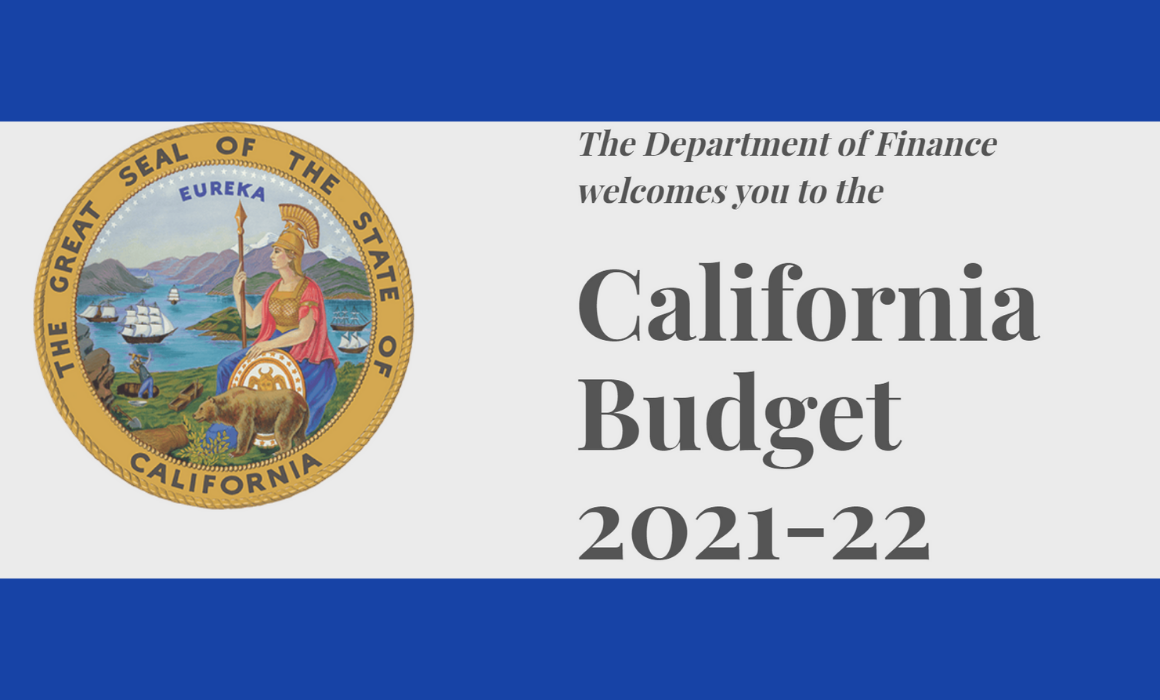
With school districts and colleges reeling from COVID-19 impacts, Gov. Gavin Newsom’s initial budget proposal for next fiscal year includes record education funding for K-12 schools and community colleges—$85.8 billion in Proposition 98 guaranteed funding, a $14.9-billion increase from last year—at a time when the resources are needed most.

The historic budget proposal includes $4.6 billion for summer school and extra learning time to support struggling students, those with special needs, English learners and students with housing insecurity; $500 million for educator professional development; $225 million to improve the state’s educator pipeline; $700 million to support students struggling with anxiety, depression, stress and other disorders; and an additional $300 million for special education. For community colleges, the budget proposal includes $250 million for emergency financial aid for students in need and an additional $100 million to support students with housing and food insecurity.
“We are encouraged by Gov. Newsom’s continued commitment to California’s students and working families as outlined in his state budget proposal,” CTA President E. Toby Boyd said. “The COVID-19 pandemic has underscored the impact of historic disinvestment in California public schools. It is vital that we create safe learning environments for all students—especially the most vulnerable amid the worst surge of the pandemic yet.”
The governor’s budget includes $2 billion in ongoing Proposition 98 funding to provide a 3.84-percent cost-of-living adjustment (COLA). This includes both the 2.31-percent COLA for 2020-21 and 1.5-percent COLA for 2021-22. Per-student spending is projected to be $18,837 in 2020-21 and $18,000 in 2021-22. Per-student spending is projected to be $18,837 in 2020-21 and $18,000 in 2021-22 — the highest level of per-pupil spending in state history. (According to 2018-19 numbers, the most recent available, California ranks 20th in per-pupil spending at $12,879. Estimates for 2020 are $13,200.)
The proposal also pays off all but $3.7 billion in deferrals needed to balance last year’s budget.
The budget also includes $786 million in new money for California State University and University of California, an increase of 3 percent from last year. It calls for one-time funding of $30 million for the CSU system and $15 million for the UC system to help with housing, food insecurity, mental health and technology issues for students.
Inequities in district reopening incentives
In an effort to incentivize local school districts to reopen for in-person instruction, the budget includes $2 billion for In-Person Instruction Grants, a proposal which would provide additional funding and resources for school districts to begin offering in-person instruction for some students as soon as Feb. 16 and all elementary students by March 16. Base grant amounts would be $450 per student, increasing to more than $700 per pupil for schools with a high enrollment of low-income students, youth in foster care, and English language learners.
This proposal has already garnered criticism, with the superintendents of seven of the largest school districts in the state warning Newsom that it fails to address the needs of urban school districts. The superintendents of Los Angeles, San Diego, Fresno, Long Beach, San Francisco, Oakland and Sacramento City unified school districts cautioned that the governor’s “Safe Schools for All” plan does not address the disproportionate impact COVID is having on low-income communities of color and reverses a decade-long commitment to equity-based funding.
“While pleased that ‘Safe Schools for All’ prioritizes the reopening of public schools with substantial funding, we cannot ignore that the plan fails to address the needs of the urban school districts that serve nearly a quarter of California students, almost all of whom live below the poverty level,” the superintendents wrote.
Many of the superintendents have already indicated they will not apply for the grant, instead moving forward with their own reopening plans when it is safe to do so. Los Angeles Unified’s school board also authorized the school district to sue the state if the proposal becomes a reality.
Health and safety remain highest priority
With uncontrolled COVID spread across the state, Boyd says, CTA continues to support full distance-learning for all school in the highest Purple Tier on the state’s scale and reiterated that the health and safety of educators and students should be the guiding principle.
“We share many of the concerns that the superintendents and others have articulated about the structure and implementation of the governor’s proposed reopening plan,” Boyd said. “We look forward to continuing to work with the administration and the Legislature on ensuring a safe reopening of all public schools. We eagerly await the day we can safely return to our classrooms where we know our students learn best and thrive.”
Boyd said educators are ready to provide additional learning supports to students who have been struggling during the pandemic.
“The attention to the immediate needs of Californians comes at a critical time and we appreciate the budget plan’s support for struggling students, those with special needs, English learners and those who have housing insecurities,” he said. “Together with parents and administrators we will work toward solutions that best meet the needs of our students.”
Public education accounts for approximately 40 percent of all state general fund spending. Funding received by school districts fluctuates annually based on revenues, per capita personal income, and school attendance.
The State Legislature is reviewing the proposed budget prior to Gov. Newsom’s May Revision. The budget must be passed before midnight on June 15.